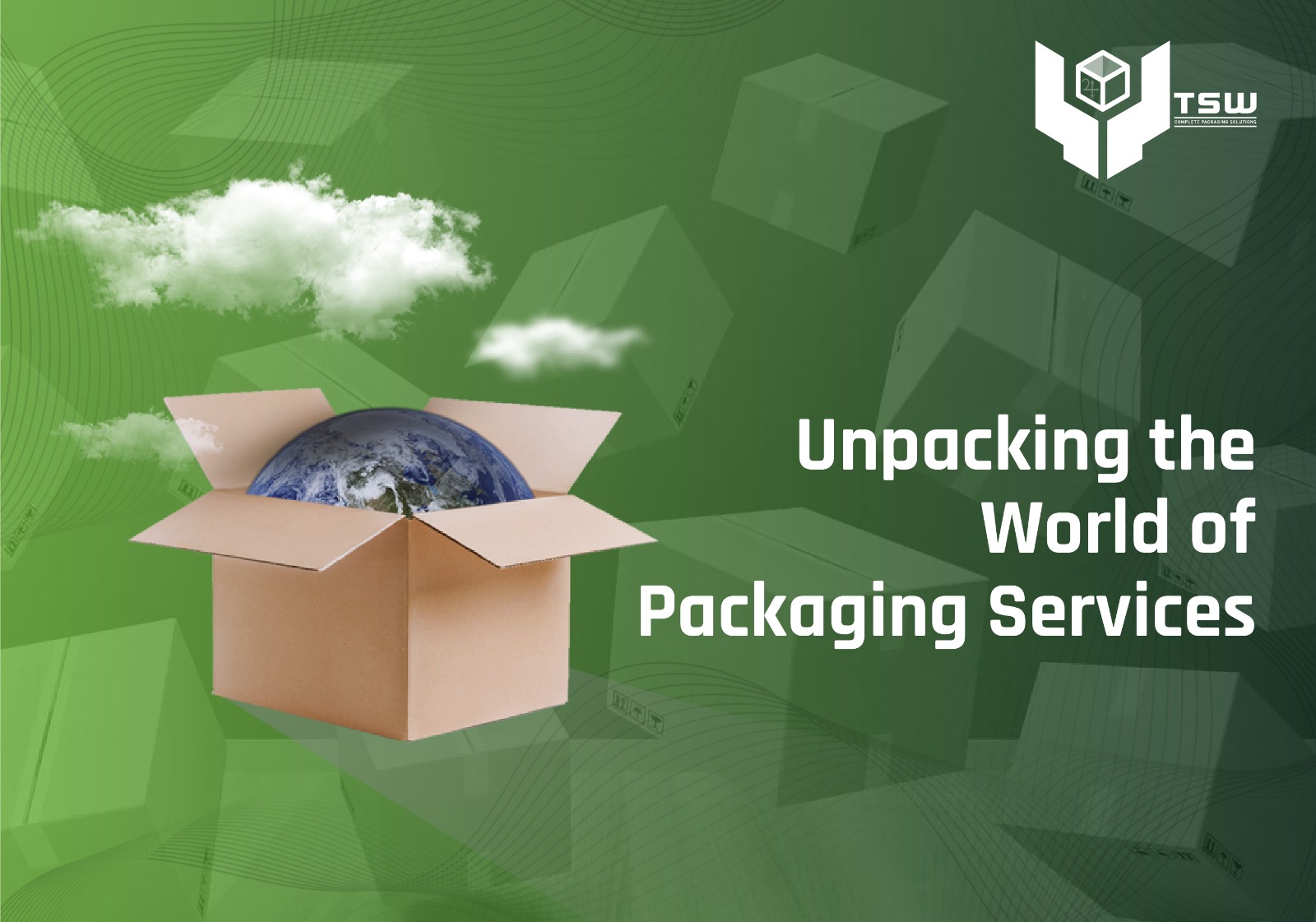
Unpacking the World of Packaging Services
Packaging is an essential aspect of product marketing, distribution, and preservation. From the moment a product is manufactured to its arrival on the consumer’s doorstep, packaging plays a crucial role in ensuring the product’s integrity, safety, and marketability. In this blog, we will delve into the multifaceted world of packaging services, exploring their significance, types, and evolving trends in the industry.
The Significance of Packaging Services
Packaging services encompass a wide range of activities involved in preparing products for storage, distribution, and sale. Their significance can be summarized in the following points:
- Protection: Packaging shields products from external factors such as moisture, dust, and physical damage during transportation and storage.
- Branding: Packaging serves as a canvas for branding and marketing, enabling companies to convey their message, values, and identity to consumers.
- Convenience: Packaging often incorporates user-friendly features that enhance the product’s ease of use, making it more attractive to customers.
- Regulatory Compliance: Certain products must adhere to specific packaging requirements, such as childproof caps for pharmaceuticals or tamper-evident seals for food products.
- Sustainability: In recent years, sustainability has become a key consideration in packaging services, with a growing focus on eco-friendly materials and design practices.
Types of Packaging Services
- Primary Packaging: This refers to the packaging that directly touches the product, such as a soda can, a cereal box, or a glass bottle. Primary packaging serves both functional and aesthetic purposes, and it often plays a significant role in a consumer’s purchasing decision.
- Secondary Packaging: Secondary packaging is designed to protect and group multiple primary packages for easier handling and distribution. Examples include cardboard boxes, shrink-wrap, and multi-pack containers.
- Tertiary Packaging: Tertiary packaging is used to assemble and secure secondary packaging for bulk transportation. Pallets, stretch wrap, and shipping containers are typical examples.
- Custom Packaging: Many packaging services offer customization options to meet specific product and branding needs. Custom packaging may include unique shapes, colors, and materials tailored to a product’s requirements.
- Contract Packaging: Companies that lack the in-house resources or expertise for packaging often turn to contract packaging services. These companies specialize in packaging and labeling products on behalf of others, providing cost-effective solutions.
- Sustainable Packaging: As environmental concerns mount, sustainable packaging services have gained prominence. These providers focus on creating eco-friendly packaging options using materials like recycled paper, bioplastics, and reducing excess waste.
Evolving Trends in Packaging Services
- Sustainable Innovations: The shift towards sustainable packaging is expected to continue and expand. Companies are adopting recyclable, biodegradable, and reusable materials to reduce their environmental footprint.
- Smart Packaging: Advancements in technology have given rise to smart packaging solutions. QR codes, RFID tags, and IoT-enabled sensors are being incorporated into packaging to provide consumers with valuable information and enhance supply chain efficiency.
- E-commerce Packaging: With the growth of e-commerce, packaging services are adapting to meet the unique demands of online retail, including optimized package sizes and materials to reduce shipping costs and enhance the unboxing experience.
- Personalization: Brands are increasingly using packaging as a way to create a more personalized and memorable customer experience. This includes custom messages, tailored product recommendations, and unique packaging designs.
- Digital Printing: Digital printing technology allows for more cost-effective short-run printing and customization, enabling businesses to respond quickly to market trends and customer preferences
